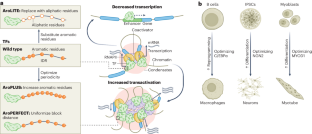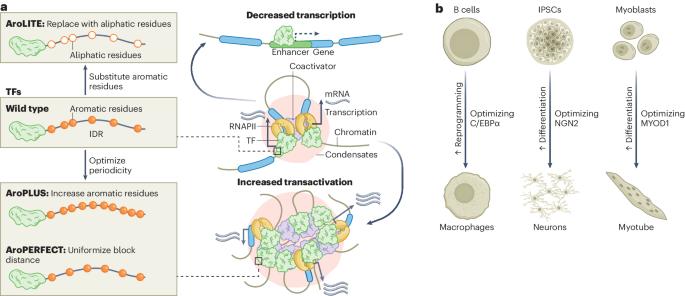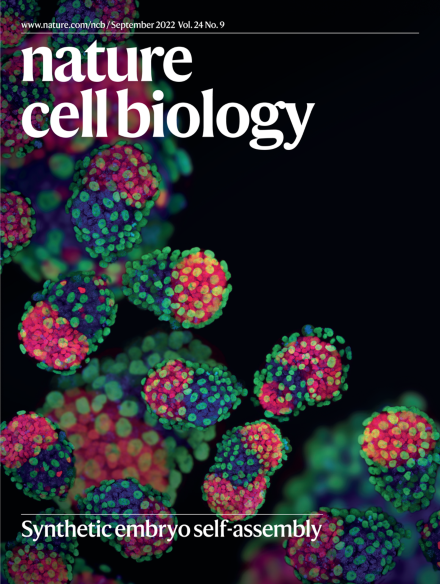为不完美而生
IF 17.3
1区 生物学
Q1 CELL BIOLOGY
引用次数: 0
摘要
转录因子(TF)和顺式调控元件(CRE)驱动着生物体的发育。研究表明,转录因子与 CREs 的次优结合是基因表达特异性的关键。现在的新研究表明,类似的原理也支配着转录因子的活动及其调控特异性。本文章由计算机程序翻译,如有差异,请以英文原文为准。


Built to be imperfect
Transcription factors (TFs) and cis-regulatory elements (CREs) drive organism development. Suboptimal binding of TFs to CREs is shown to be key for the specificity of gene expression. New work now indicates that a similar principle governs the activities of TFs and their regulatory specificity.
求助全文
通过发布文献求助,成功后即可免费获取论文全文。
去求助
来源期刊

Nature Cell Biology
生物-细胞生物学
CiteScore
28.40
自引率
0.90%
发文量
219
审稿时长
3 months
期刊介绍:
Nature Cell Biology, a prestigious journal, upholds a commitment to publishing papers of the highest quality across all areas of cell biology, with a particular focus on elucidating mechanisms underlying fundamental cell biological processes. The journal's broad scope encompasses various areas of interest, including but not limited to:
-Autophagy
-Cancer biology
-Cell adhesion and migration
-Cell cycle and growth
-Cell death
-Chromatin and epigenetics
-Cytoskeletal dynamics
-Developmental biology
-DNA replication and repair
-Mechanisms of human disease
-Mechanobiology
-Membrane traffic and dynamics
-Metabolism
-Nuclear organization and dynamics
-Organelle biology
-Proteolysis and quality control
-RNA biology
-Signal transduction
-Stem cell biology
 求助内容:
求助内容: 应助结果提醒方式:
应助结果提醒方式:


